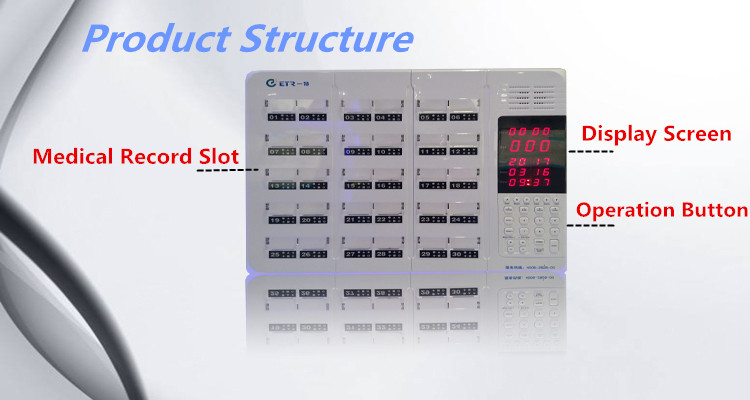Fungicides are chemical substances that have a toxic effect on pathogenic organisms and can be used to control various diseases caused by fungi, bacteria, viruses, and nematodes.
First, the role of fungicides
1. Chemical protection: The application of a bactericidal agent before the plant is not sick can kill pathogenic bacteria or other propagules of the infested plant, thereby preventing or reducing the occurrence of diseases and protecting the plant.
2. Chemical treatment: After the onset or disease of a plant, a chemical agent is applied to the plant to make it act on the plant or pathogen to change the pathogenic process of the pathogen, so as to achieve the purpose of reducing or eliminating the disease.
Second, the use of fungicides
It is necessary to adopt correct strategies from the perspective of improving economic efficiency and reducing public hazards, determine the principle of medication, require the use of the cheapest available varieties, use lower doses, reduce the number of applications, and use the most convenient method of application. The main methods of application are:
1. Field spraying: It mainly sprays and prevents crops that grow in the fields. To achieve the greatest effect of preventing disease using the least amount of agents, attention should be paid to many factors that directly or indirectly influence the effect of disease prevention. In particular, the occurrence and development rules of the disease should be fully understood, and the technical requirements should be strong. Therefore, when spraying in fields, Should pay attention to the following questions:
(1) In the prevention and treatment of crop diseases, the types of diseases should be determined first, and then the appropriate control agents should be selected. Use concentrations depending on the crop's growing season, climatic conditions, and type of agent. In general, the emulsion is used at a lower concentration than the wettable powder.
(2) The application time is mainly determined by the occurrence, development law and climatic conditions of the disease. At the same time, the disease prediction and forecasting work should be done. It is best to spray and prevent disease just before the occurrence of the disease. The use of fungicides to control crop diseases is different from the use of insecticides to control pests. The use of insecticides to control pests can sometimes achieve better control effects when applied once; and the use of fungicides to control crop diseases requires repeated application of drugs and repeated application. The time and frequency of the drug should be determined according to the infection characteristics of the bacteria, the length of the drug's residual period, and the climatic conditions. Under normal circumstances, it is applied every 7 to 10 days. The strong bactericidal agent can be taken every 10 to 15 days. Shi once.
(3) Pay attention to the quality of the spray and the amount of spray should be appropriate. Necessary to have enough pressure in the sprayer, the fog should be fine.
(4) Avoiding large doses, high concentrations, excessive application times, and excessively short periods of time, causing phytotoxicity to crops.
(5) According to the nature of the pesticides, reasonable mixing will be achieved to increase the efficacy and reduce the workload.
2. Seedling disinfection: Many plant diseases can be transmitted by seedlings. Therefore, the chemical treatment of seedlings is very important for the prevention and control of diseases. It is an economical and effective method for controlling plant diseases. Seed treatment is the most important seed treatment, seed treatment methods are: soaking, seed dressing, thermochemical, wet mixing method.
3. Soil disinfection: In plant diseases, many of them are transmitted by soil, such as: tobacco damping-off, bacterial wilt, root rot, and root-knot nematode diseases. Therefore, disinfecting soils to a certain degree will reduce The occurrence and development of diseases have played an important role. Due to the physicochemical properties of the soil and the complex biological communities in the soil, the following points should be taken into account when treating the soil with chemical agents:
(1) According to the type of disease, select the appropriate drug.
(2) Determine the time and method of application according to soil type, soil temperature and humidity.
(3) Determine the depth and concentration of pesticide application based on the physical and pathogenic characteristics of the soil.
ETR Medical Nurse Calling System is designed for providing the communication between patients in wards and medical personnel in nurses offices in case of any peculiar conditions in hospitals. With cast-into-once deluxe plastic master telephone hosing, innovative summary fixed mode, complete information electronic summary and audio number reporting system,it has higher performance-cost ration than those products of the same variety. So far, two-wire and four-wire systems are available.
Superiority of Hospital Nurse Calling System:
Select-able: More beds quantity choices: 30, 50, 70, 110 beds.
Warranty: We offer a full year`s warranty, on going maintenance and provide the installation on-site if required.

Nurse Call System
Nurse Call System,Wired Nurse Call System,Nurse Calling System,Nurse Call Machine
Hunan Eter Electronic Medical Project Stock Co., Ltd. , https://www.centralgas.be